Drawing a Line on Coal and Climate Change

The Unavoidable Intersection of Coal and Climate Change
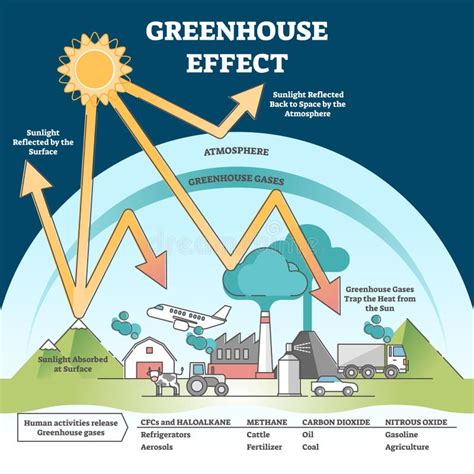
The world’s reliance on coal as a primary source of energy has long been a contentious issue, particularly in the context of climate change. As the largest contributor to greenhouse gas emissions, coal has become a focal point in the global effort to reduce carbon footprint and mitigate the devastating effects of climate change. In this article, we will delve into the complexities of the coal industry’s impact on the environment, the economic implications of transitioning away from coal, and the potential solutions for a more sustainable future.
The Environmental Consequences of Coal

Coal’s impact on the environment is multifaceted and far-reaching. The extraction, transportation, and combustion of coal release massive amounts of pollutants into the atmosphere, including:
- Carbon dioxide: A potent greenhouse gas responsible for trapping heat in the atmosphere and driving climate change.
- Methane: A potent greenhouse gas released during coal mining and transportation, with a global warming potential 28 times higher than carbon dioxide over a 100-year time frame.
- Particulate matter: Fine particles released during coal combustion, which can cause respiratory problems and other health issues.
- Nitrogen oxides: Pollutants released during coal combustion, which contribute to the formation of ground-level ozone and smog.
These pollutants not only contribute to climate change but also have severe impacts on human health, particularly in communities surrounding coal mines and power plants.
The Economic Implications of Transitioning Away from Coal
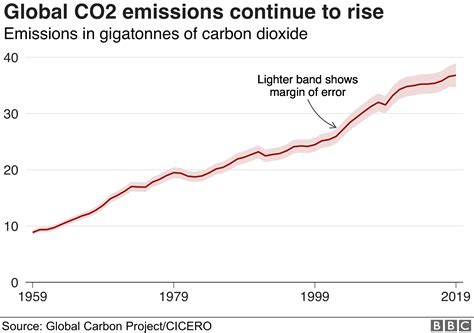
While the environmental benefits of transitioning away from coal are clear, the economic implications are more complex. The coal industry is a significant employer and contributor to local economies, particularly in regions where coal mining has been a long-standing tradition. However, the cost of transitioning away from coal is often outweighed by the economic benefits of a low-carbon economy.
Some of the key economic benefits of transitioning away from coal include:
- Job creation: The renewable energy sector is creating new job opportunities in manufacturing, installation, and maintenance.
- Reduced healthcare costs: Decreased air pollution from coal combustion can lead to significant reductions in healthcare costs associated with respiratory problems.
- Increased economic competitiveness: Transitioning to a low-carbon economy can make countries more economically competitive, as they become less reliant on imported fossil fuels and more attractive to businesses and investors.
Potential Solutions for a More Sustainable Future
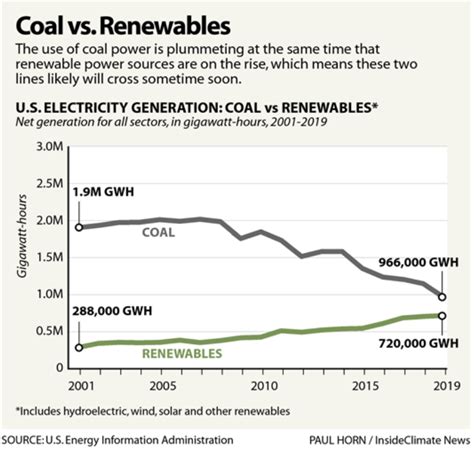
So, what can be done to reduce the coal industry’s impact on the environment while also supporting workers and local economies? Some potential solutions include:
- Transitioning to renewable energy: Investing in solar, wind, and other forms of renewable energy can create new job opportunities and reduce greenhouse gas emissions.
- Carbon capture and storage: Implementing carbon capture and storage technologies can reduce emissions from coal-fired power plants, making them more environmentally friendly.
- Economic diversification: Supporting economic diversification in coal-dependent regions can help create new industries and job opportunities, reducing reliance on coal.
- Worker training and support: Providing training and support for workers transitioning out of the coal industry can help them adapt to new economic realities.
📝 Note: Governments, businesses, and civil society must work together to support workers and local economies in the transition away from coal.
Global Efforts to Address Coal and Climate Change
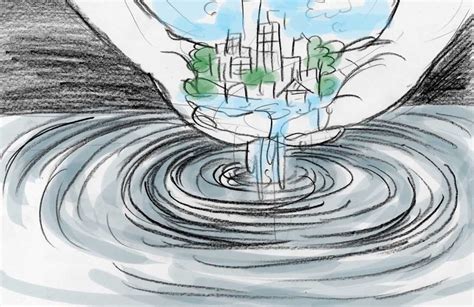
The international community has come together to address the challenges posed by coal and climate change. Some notable global efforts include:
- The Paris Agreement: An international agreement aimed at limiting global warming to well below 2°C and pursuing efforts to limit it to 1.5°C.
- The Clean Power Plan: A US regulatory framework aimed at reducing greenhouse gas emissions from power plants.
- The European Union’s coal phase-out: A plan to phase out coal-fired power plants by 2030.
These efforts demonstrate a growing recognition of the need to address coal’s impact on the environment and transition towards a more sustainable future.
Embedding Climate Action in the Coal Industry

Embedding climate action in the coal industry requires a fundamental transformation of business-as-usual practices. Some key strategies include:
- Setting science-based targets: Setting emissions reduction targets aligned with the goals of the Paris Agreement.
- Investing in low-carbon technologies: Investing in carbon capture and storage, renewable energy, and other low-carbon technologies.
- Engaging in stakeholder dialogue: Engaging with stakeholders, including workers, local communities, and civil society, to ensure a just transition.
💡 Note: Embedding climate action in the coal industry requires a commitment to transparency, accountability, and stakeholder engagement.
In conclusion, the coal industry’s impact on the environment is undeniable, and the need to transition away from coal is clear. While the economic implications of this transition are complex, the benefits of a low-carbon economy far outweigh the costs. By investing in renewable energy, carbon capture and storage, and economic diversification, we can create a more sustainable future for all.
What is the biggest contributor to greenhouse gas emissions?

+
The biggest contributor to greenhouse gas emissions is carbon dioxide, primarily released through the combustion of fossil fuels such as coal, oil, and natural gas.
What are some potential solutions for reducing the coal industry’s impact on the environment?
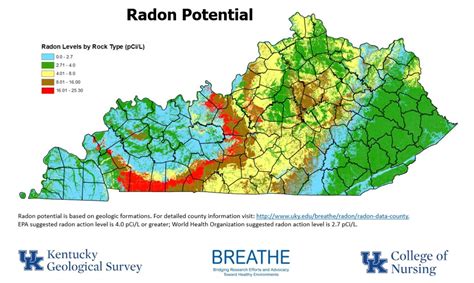
+
Some potential solutions include transitioning to renewable energy, implementing carbon capture and storage technologies, and supporting economic diversification in coal-dependent regions.
What is the Paris Agreement, and how does it address coal and climate change?
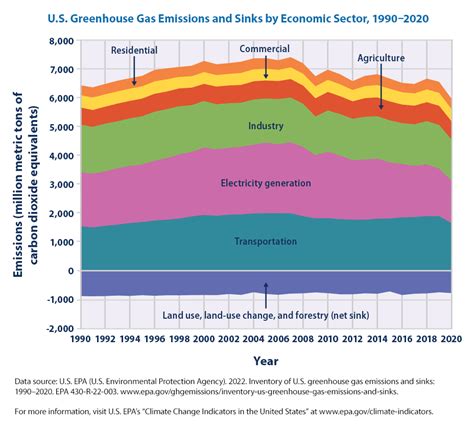
+
The Paris Agreement is an international agreement aimed at limiting global warming to well below 2°C and pursuing efforts to limit it to 1.5°C. It encourages countries to transition away from fossil fuels, including coal, and towards renewable energy sources.



